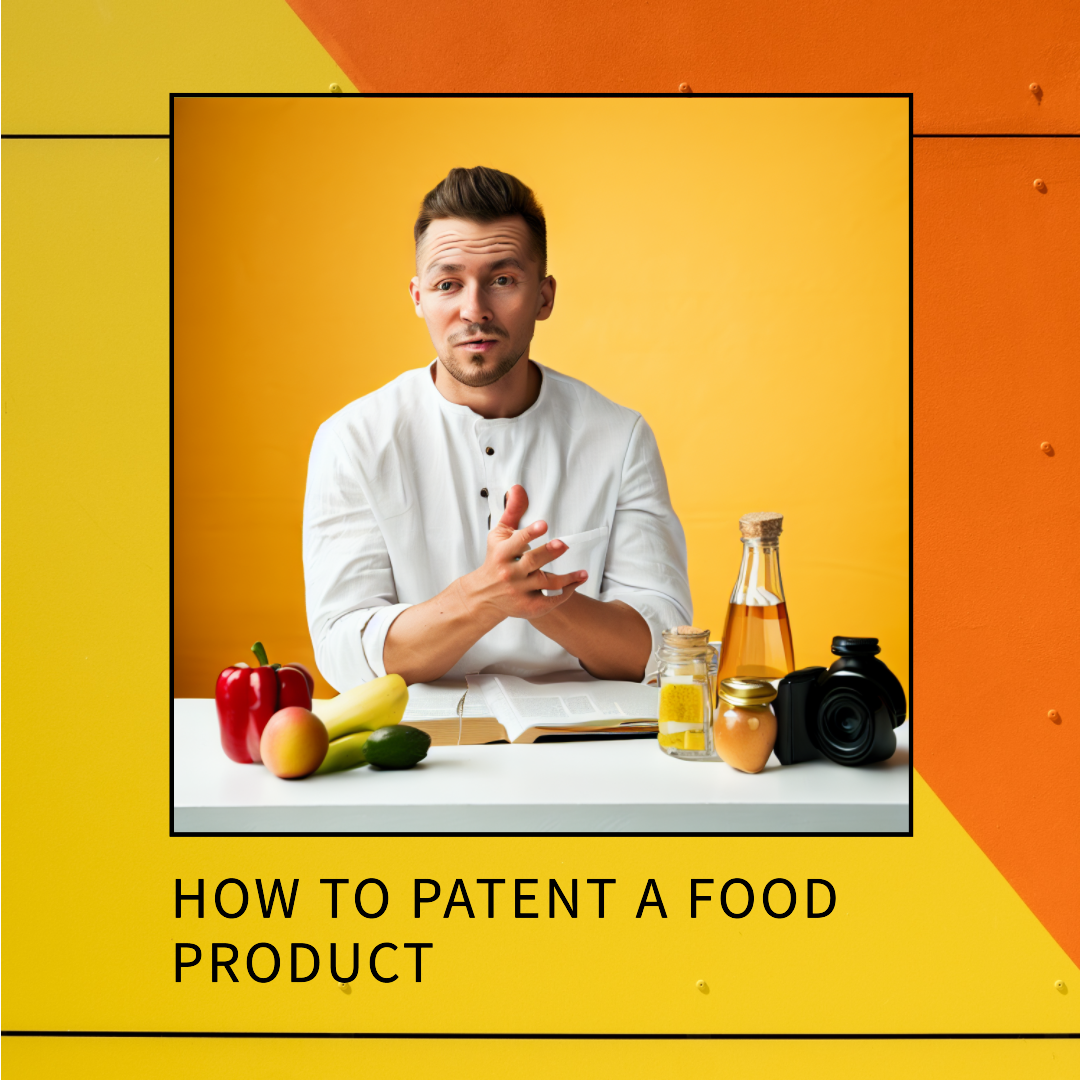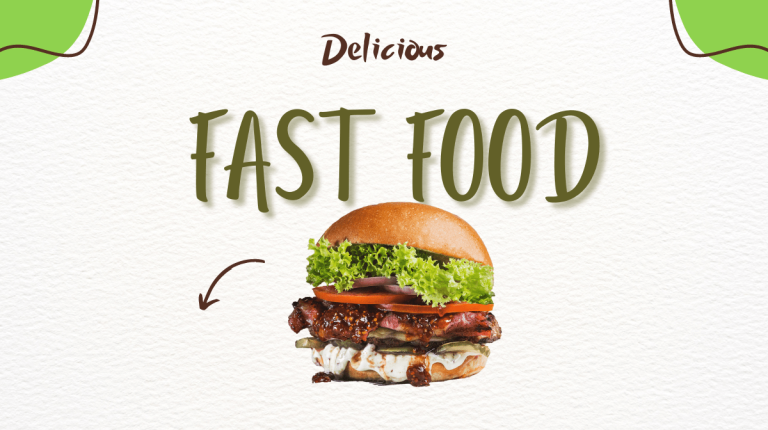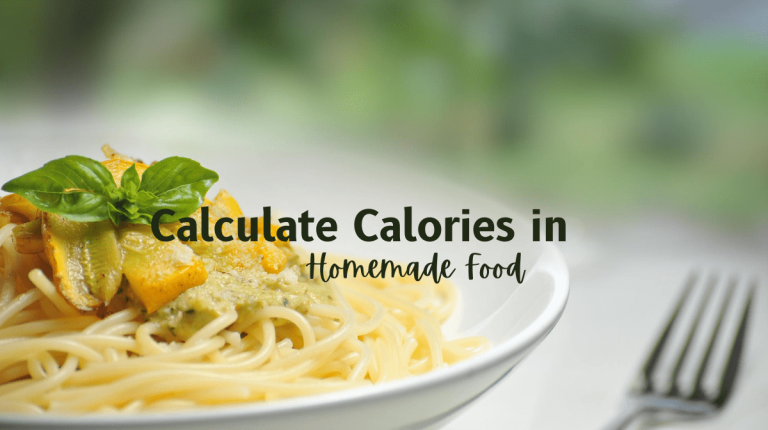How to Patent a Food Product: A Step-by-Step Guide
In the dynamic world of culinary innovation, creating a unique food product can be a labor of love. From perfecting flavors to crafting inventive recipes, your food creation is a testament to your creativity and dedication. But how do you ensure that your ingenious food product remains exclusively yours? The answer lies in patenting. In this article, we’ll demystify the process of patenting a food product, guiding you through the steps to protect your creation and pave the way for its success.
Understanding the Basics of Food Product Patents
A patent is a legal protection granted by a government that gives the inventor exclusive rights to their invention for a certain period. When it comes to food products, patents can cover various aspects, including unique ingredients, preparation methods, packaging, and even specific equipment used in production. A food product patent prevents others from making, using, selling, or importing your invention without your permission.
Step-by-Step Guide to Patenting a Food Product
Step 1: Research and Evaluation
Before embarking on the patenting process, conduct thorough research to ensure that your food product is truly innovative and not already patented. This step involves reviewing existing patents, literature, and market trends to verify the uniqueness of your creation.
Step 2: Document Everything
Create detailed records of your food product’s development, including recipes, ingredient lists, cooking methods, and any unique features. Precise documentation is crucial to demonstrate the originality of your creation.
Step 3: Determine the Type of Patent
There are different types of patents, including utility patents and design patents. A utility patent is suitable for novel and useful processes, compositions of matter, machines, and more. A design patent, on the other hand, covers the ornamental design of an object, such as packaging.
Step 4: Conduct a Prior Art Search
A prior art search involves looking for existing patents, published articles, and other relevant sources that might already cover aspects of your food product. This step helps you identify potential challenges and refine your patent application.
Step 5: Engage a Patent Attorney or Agent
Patent law can be complex, and consulting a patent attorney or agent can provide invaluable guidance throughout the process. They can help you navigate legal nuances, ensure accurate documentation, and improve your chances of a successful patent application.
Step 6: Prepare and File the Patent Application
The patent application is a detailed document outlining your food product’s uniqueness, functionality, and innovative aspects. It includes detailed descriptions, claims, and drawings if necessary. A well-prepared application is essential for a successful patent.
Step 7: Patent Examination and Review
Once your application is submitted, it goes through an examination process by the relevant patent office. This process involves reviewing the application for compliance with patent requirements, uniqueness, and non-obviousness.
Step 8: Respond to Office Actions
If the patent office raises concerns or objections during the examination process, you’ll need to respond appropriately. This might involve amending claims, providing additional information, or addressing issues raised by the examiner.
Step 9: Patent Issuance and Maintenance
If your patent application is approved, you’ll receive a patent grant. Patents typically last for a specific period, after which you’ll need to pay maintenance fees to keep the patent in force.
Step 10: Patent Enforcement
The final step to patent a food product is to enforce your patent against any infringers. An infringer is anyone who makes, uses, sells, or licenses your invention without your permission. If you suspect or discover any infringement, you can take legal action against them and seek remedies such as injunctions, damages, or royalties.
However, enforcing a patent can be costly and time-consuming. You will need to prove that your patent is valid and that the infringer has infringed it. You will also need to deal with any defenses or counterclaims that the infringer may raise. Therefore, it is advisable to consult a patent attorney before taking any action.
Benefits and Challenges of Food Patents
Patenting a food product can have several benefits for inventors and businesses. Some of these benefits are:
- Protection from copying: A food patent can prevent others from copying your food product and taking advantage of your research and innovation.
- Competitive edge: A food patent can give you a competitive edge in the market by differentiating your food product from others and creating a loyal customer base.
- Financial rewards: A food patent can help you generate income from selling or licensing your food product to others. You can also earn royalties from allowing others to use your food product under certain terms and conditions.
- Reputation and recognition: A food patent can enhance your reputation and recognition as an innovator and leader in the food industry. You can also use your food patent as a marketing tool to promote your brand and attract more customers.
However, patenting a food product can also have some challenges and drawbacks. Some of these challenges are:
- Cost and time: Patenting a food product can be costly and time-consuming. You will have to pay various fees for filing, examination, issuance, maintenance, and enforcement of your patent. You will also have to wait for several months or years before getting a patent.
- Disclosure and limitation: Patenting a food product requires disclosing your invention to the public. This means that anyone can access your patent specification and learn about your food product. You will also have to limit your protection to what you claim in your patent. Anything that falls outside your claims will not be protected by your patent.
- Risk of invalidity and infringement: Patenting a food product does not guarantee that your patent is valid or enforceable. Your patent may be challenged or invalidated by others who find prior art that anticipates or renders obvious your invention. Your patent may also be infringed by others who make
Conclusion
Patenting a food product is a strategic move that safeguards your creative efforts while opening doors to new opportunities. It ensures that your unique culinary creation remains exclusively yours, allowing you to reap the benefits of your innovation. By following the step-by-step guide outlined in this article, you can confidently navigate the patenting process and establish a strong foundation for your food product’s success. So, protect your inventive masterpiece, embrace the world of intellectual property, and watch your food product shine in the culinary landscape.







